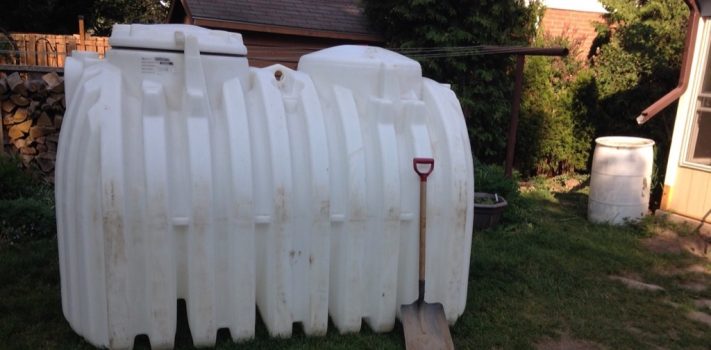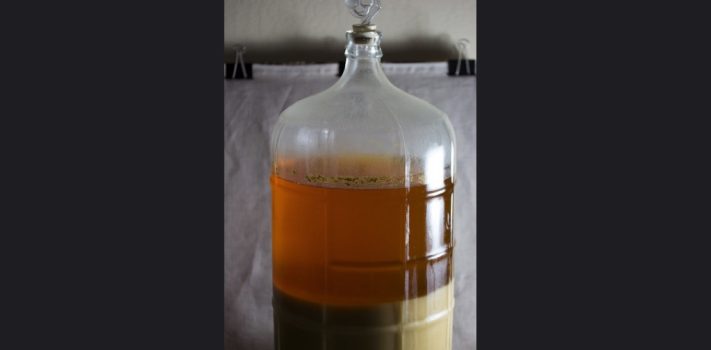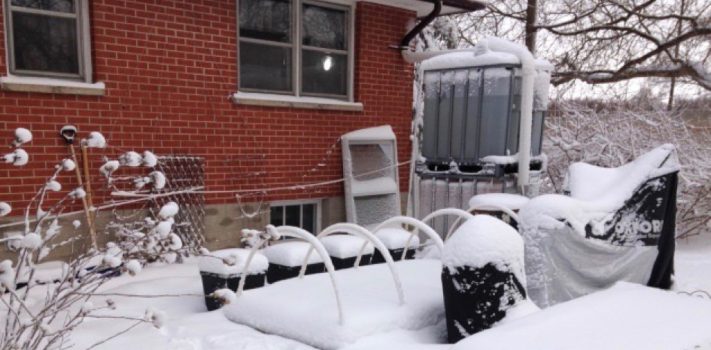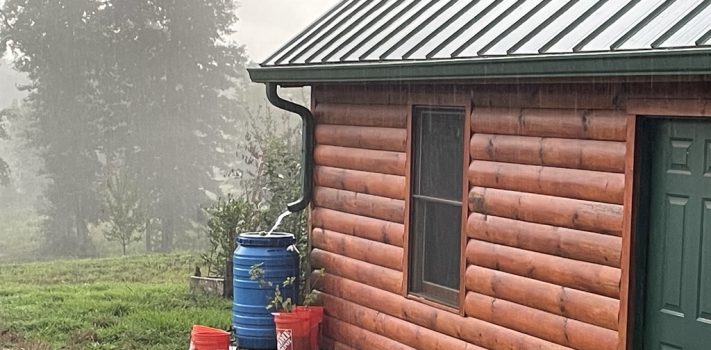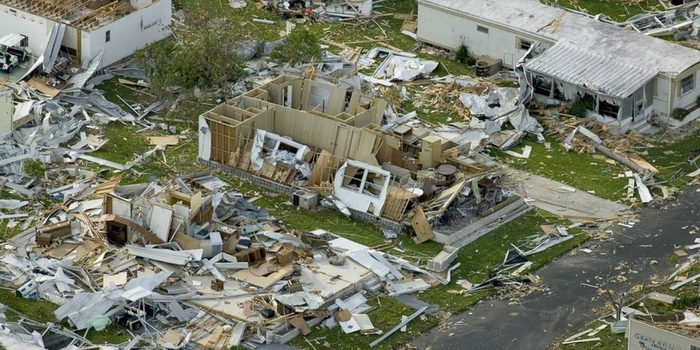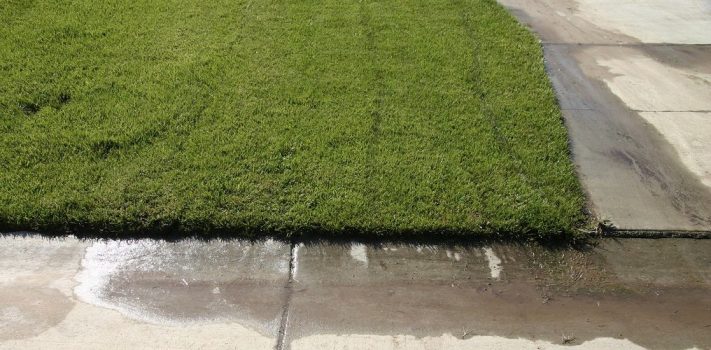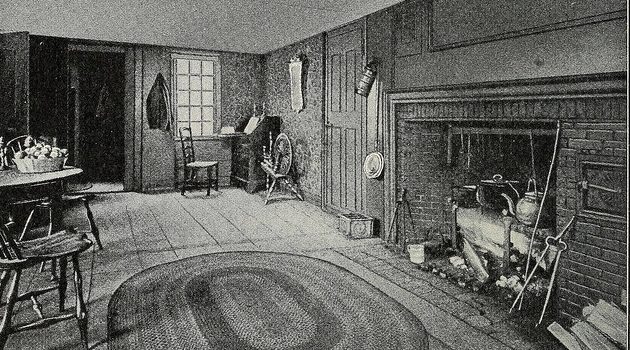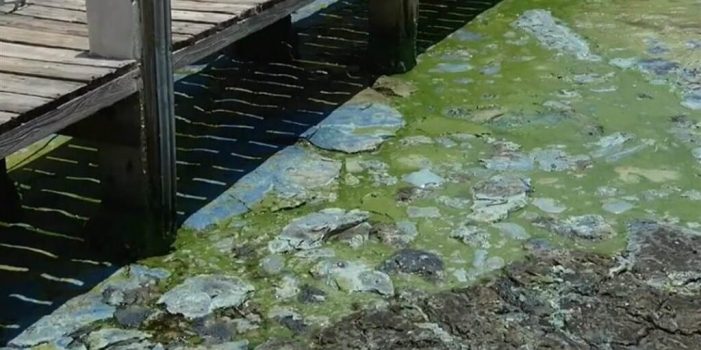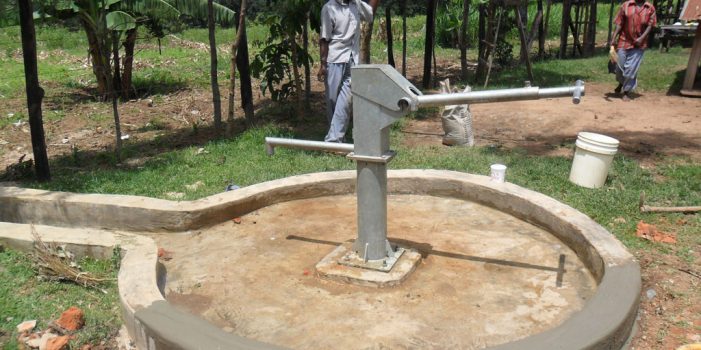Our Black Swan Event – Part 2, by E.R.
(Continued from Part 1. This concludes the article.) The Black Swan Has Landed Following the arrival of guests, we found ourselves using more water than we should have. When one is dependent on rainwater, one simply cannot afford luxuries like taking a bath every single day – that is the simple reality. And the young children, they certainly did need their baths at the end of each day. One morning, 10 days later – we had our Black Swan event – two inches of rainfall in less than one hour! Our 250 gallon water collection tote overflowed in short order. …

